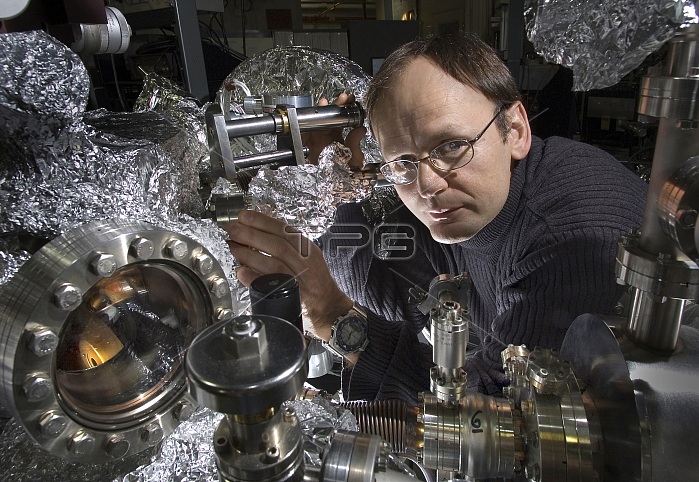
Tonica Valla, a physicist at the DOE's Brookhaven National Laboratory, appears to have resolved one mystery in the 20-year study of d high-temperature (high Tc) superconductors, materials that lose their resistance to the flow of electricity at relatively high temperatures. The research shows that a "pseudogap" in the energy level of the material's electronic spectrum is the result of the electrons being bound into pairs above the so-called transition temperature to the superconducting state, but unable to superconduct because the pairs move incoherently. The material studied by Valla's group - a special form of a compound made of lanthanum, barium, copper, and oxygen (LBCO), where there is exactly one barium atom for every eight copper atoms - is actually not a superconductor. With less or more barium, the material acts as a high-Tc superconductor (in fact, this was the very first high-Tc superconductor discovered).
| px | px | dpi | = | cm | x | cm | = | MB |
Details
Creative#:
TOP22288157
Source:
達志影像
Authorization Type:
RM
Release Information:
須由TPG 完整授權
Model Release:
No
Property Release:
No
Right to Privacy:
No
Same folder images:

 Loading
Loading